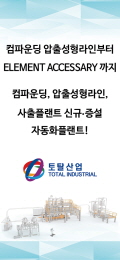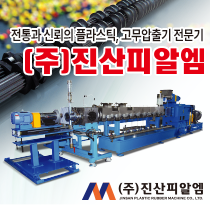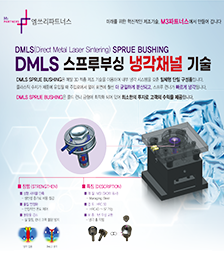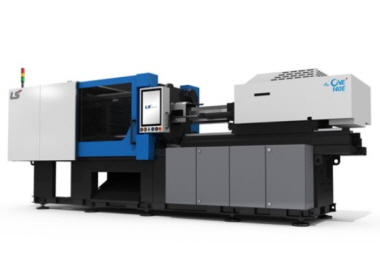Technology & solutions
Plastic Leaf Springs for Series Application
작성자 : Aeyoung Park
2018-03-13 |
조회 : 3798
Reliable Failure Prediction

Fiber-reinforced plastics (FRP) are particularly suitable for structural lightweight construction as they have outstanding weight-specific properties such as high stiffness and strength, they are corrosion-resistant and also have superior fatigue behaviour. At the same time, they offer good damping characteristics and are thus predestined for use as spring elements. Because of the possibility of orienting the fibers in a spring in the load direction, enormous weight savings of up to 80 % can be achieved compared with classic steel springs. Nevertheless, a considerable amount of uncertainty in predicting the life expectancy of glass-fiber-reinforced plastic springs has until now been hindering their use in series application. A wide variety of fracture modes and the broad scattering of the test results under cyclical load that is typical of this material make it virtually impossible to obtain a quick and reliable estimate of the life expectancy.
For this reason, a research team from the Ford research center in Aachen, Germany, and the Institute of Plastics Processing (IKV) in Industry and the Skilled Crafts at RWTH Aachen University is examining in a joint project called "Composite materials for chassis components" the fatigue and failure behavior of glass-fiber-reinforced plastic springs. The aim of the Ford-RWTH alliance is to develop a reliable prediction model that allows the series application of these leaf springs in the automotive industry.
▲ Cyclical 3-point flexural test on a representative specimen to determine
the fatigue properties of glass-fiber-reinforced plastics (© IKV)
Cyclical 3-point flexural test on a representative specimen to determine the fatigue properties of glass-fiber-reinforced plastics (© IKV) zoom
Cyclical 3-point flexural test on a representative specimen to determine the fatigue properties of glass-fiber-reinforced plastics (© IKV)
In a variety of tests, the material was subjected to a 3-point flexural load and tested under all sorts of different boundary conditions. With the help of the results, the team is implementing advanced analytical and numerical methods for calculating the life expectancy. The focus is always on the economic efficiency of the calculation, which is nowadays reflected in the calculation time needed for numerical models.
Through the implementation and further development of phenomenological models for use in FE methods, it is possible to transfer the data from the material to the part without the need to calculate every load cycle individually. From the analytical and numerical descriptions of the damage and failure profile, new possibilities are derived for shortening the time needed for real tests. At Ford, a load spectrum is to be specified that produces the same damage development as a real load pattern but requires only a minimum of the testing time.
Source: Kunststoffe





















